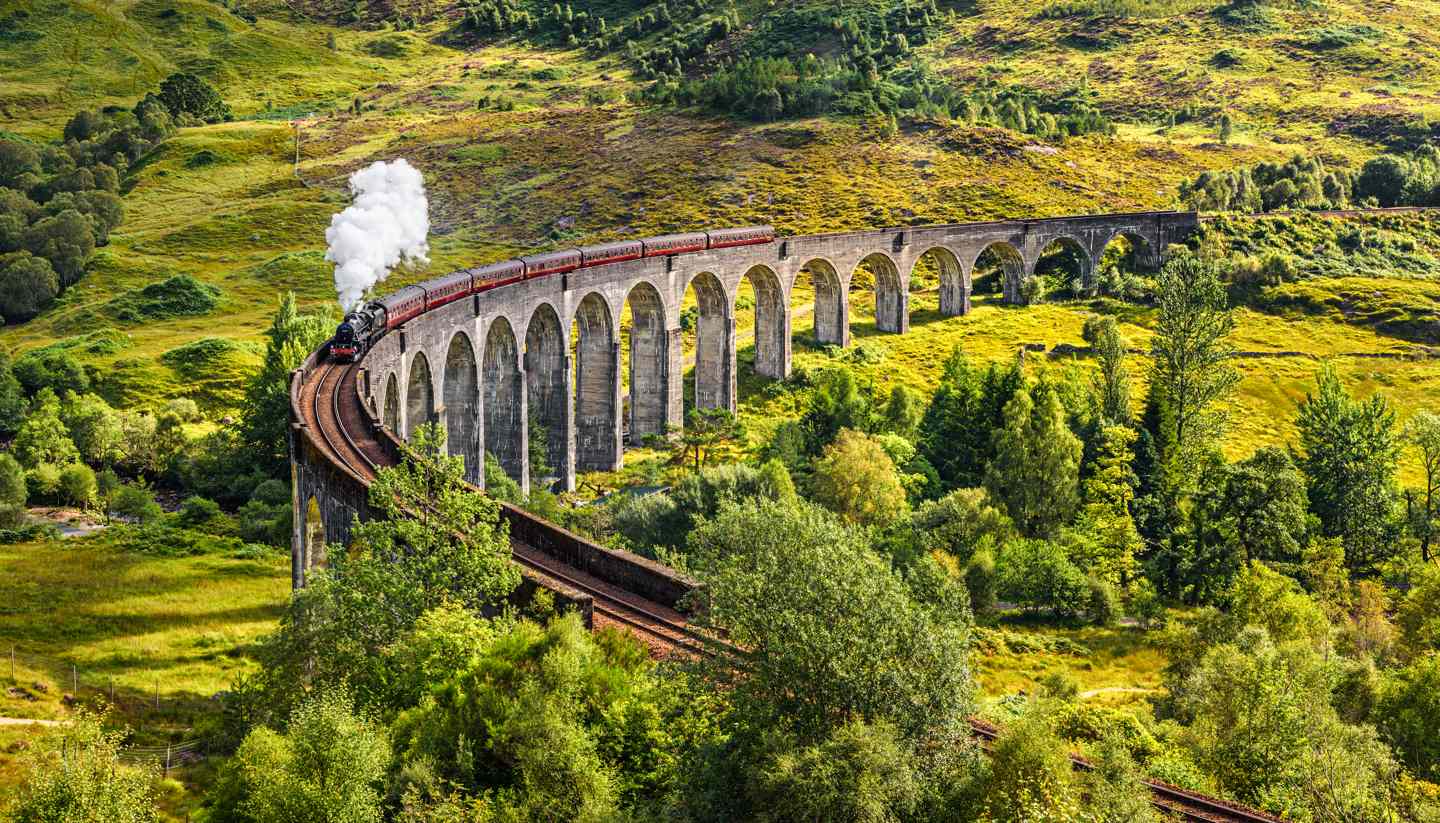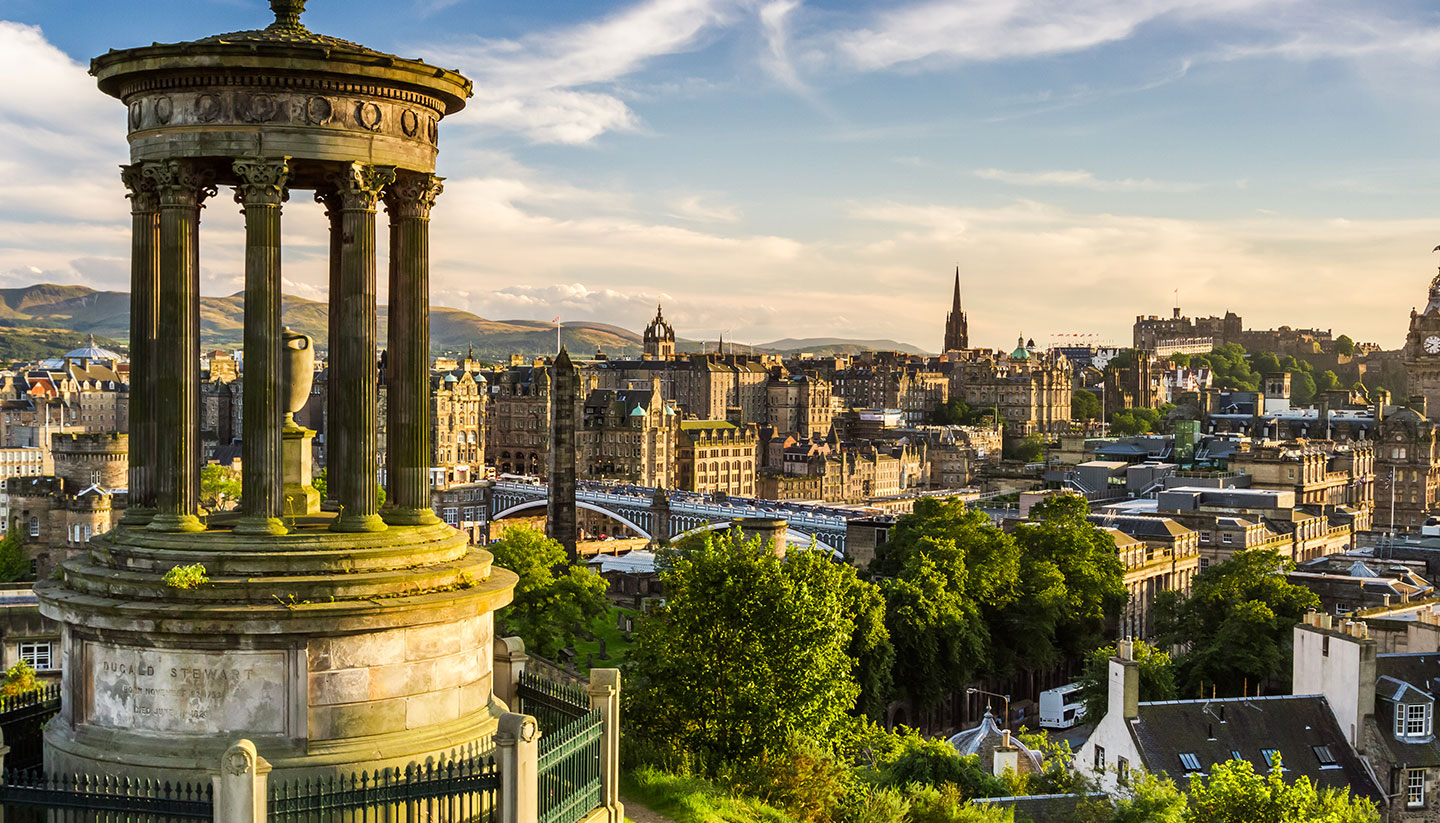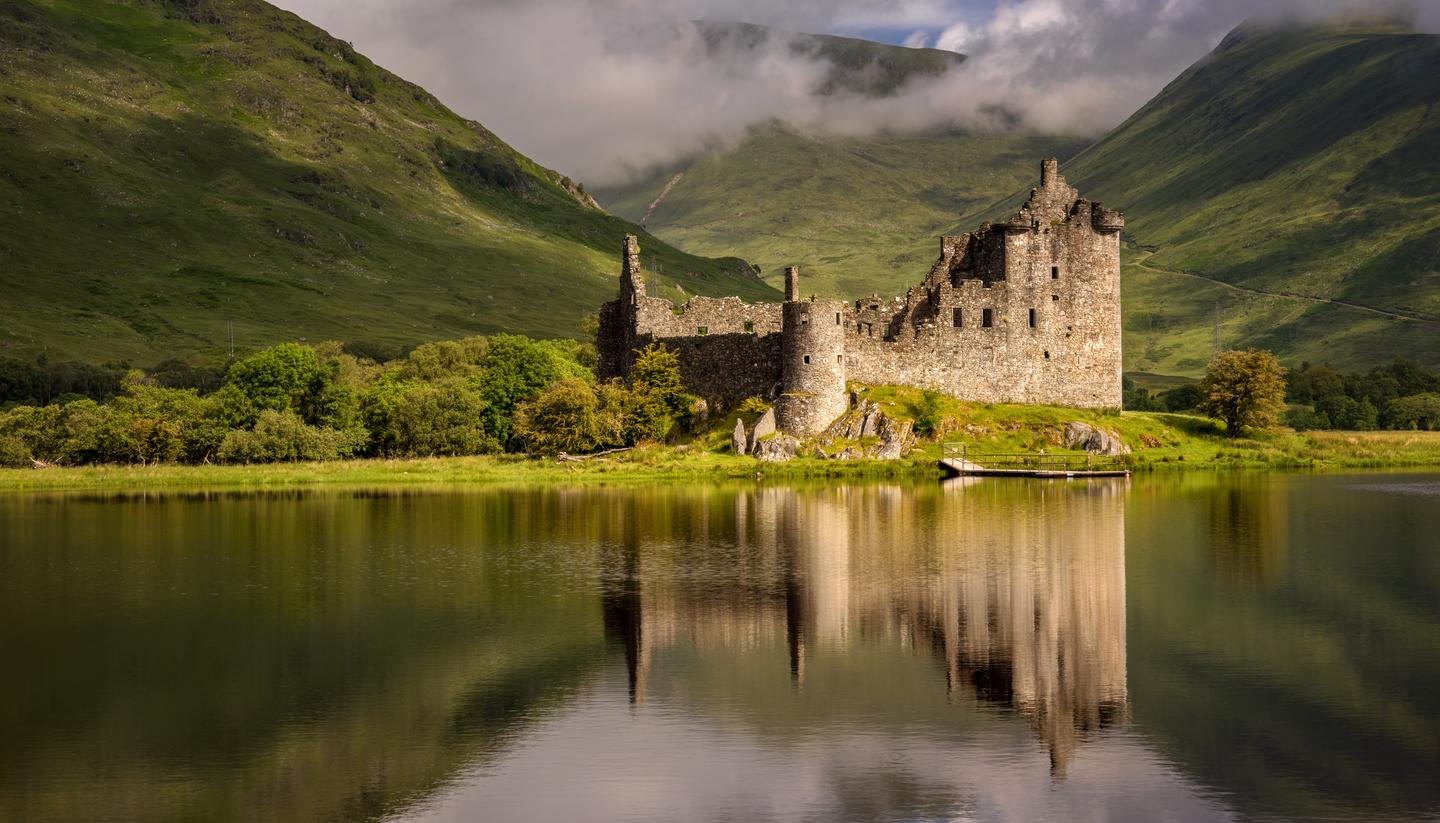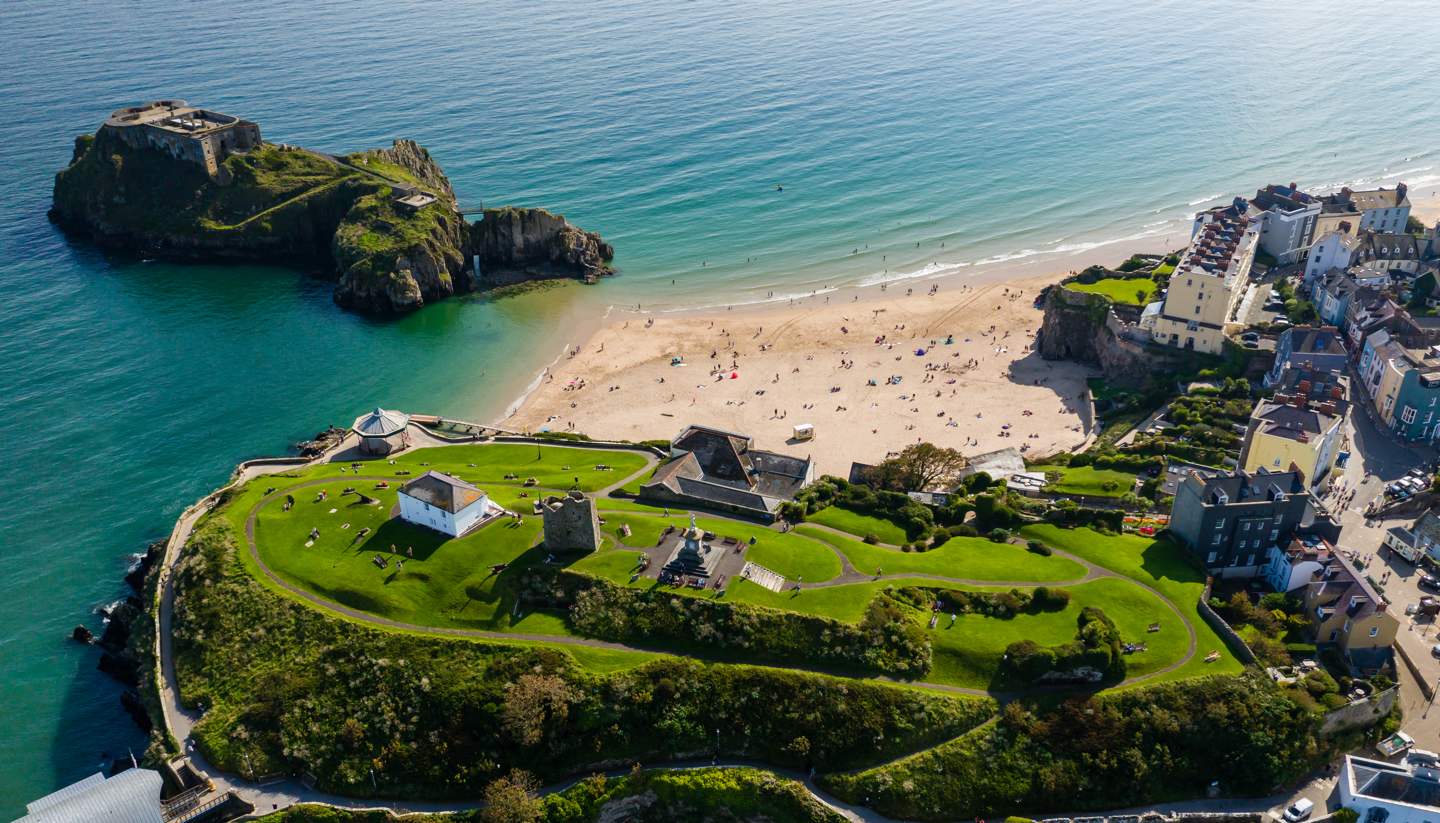Getting Around Scotland
Air
Flying between Scotland's main and regional airports is a fast and inexpensive way to get around, particularly when travelling to smaller islands such as Barra, Benbecula, Lewis and Harris, Shetland, and Tiree.
Road
Scotland is keen to promote itself as an excellent road trip destination. Accordingly, it has created several brown-signposted National Tourist Routes, the scenic Southwest Coastal 300 and the epic North Coast 500 routes. The latter two are all about stunning coastal scenery.
The main motorways within Scotland include the M8 (Edinburgh and Glasgow), M9 (Edinburgh and Stirling), M80 (Glasgow and Stirling) and M90 (Edinburgh and Perth).
Side of the road
LeftRoad Quality
Major roads are excellent, but some country roads (in the Highlands and on the islands) are single-track roads with designated areas allowing cars from both directions to pass. During the winter months, shorter daylight hours and snow can also make driving challenging in the Highlands.
Road Classification
In Scotland (and the UK), the system of road classification is as follows:
• Motorways – major roads that only allow motorised vehicles.
• A roads – major roads providing large-scale transport links within or between areas.
• B roads – roads feeding traffic between A roads and smaller roads on the network.
• Classified but unnumbered – also known as C roads (unofficially), these are smaller roads intended to connect unclassified roads with A and B roads, and often linking a housing estate or a village to the rest of the network.
• Unclassified – local roads intended for local traffic. 60% of roads in the UK fall within this category.
Car Hire
Car hire companies are available in every Scottish city.
Taxi
Metered black cabs are available in Edinburgh and Glasgow and they can be hailed in the street or picked up from one of the taxi ranks. In smaller towns, you may need to book a taxi in advance; hotels and tourist information centres can provide numbers.
Bike
With over 2,000 miles of designated cycling routes, Scotland rewards visitors keen to experience the country from the saddle of a bicycle. Sustrans, the custodian of the UK National Cycle Network, has created a few multi-day trails for cyclists of all abilities. These trails include the Caledonia Way (Inverness and Campbeltown), the Lochs & Glens Way (Inverness and Glasgow), the Loch Ness 360 route (Inverness and Fort Augustus), and the Union, Forth & Clyde Canal Towpaths (Edinburgh and Bowling).
Coach
There are several coach operators offering long-distance coach services, including Scottish Citylink, Stagecoach, Megabus and National Express.
Regulations
Speed limits are 48kph (30mph) in built-up areas, 96kph (60mph) outside built-up areas, and 112kph (70mph) on dual carriageways and motorways. The minimum driving age is 17.
Breakdown services
Call your car rental company.
Documentation
National driving licences are valid for one year. Drivers must have vehicle registration documents and third-party insurance cover at the minimum.
Urban travel
All the major towns and cities have bus services. Edinburgh has a tram service that runs from Edinburgh Airport to York Place in the city centre. Glasgow, on the other hand, has an underground that serves the city centre and West End, and an extensive suburban train network.
Rail
ScotRail (www.scotrail.co.uk) operates train services across Scotland. For visitors looking to experience the 21-arched Glenfinnan viaduct (a location made famous in the Harry Potter films), check out The Jacobite from Fort William to Mallaig (www.westcoastrailways.co.uk).
Rail Passes
ScotRail (www.scotrail.co.uk) has several railcard options; see their website for details.
Water
Several ferry services operate between the mainland and Scottish islands, including NorthLink Ferries (www.northlinkferries.co.uk), Caledonian MacBrayne or CalMac (www.calmac.co.uk), Orkney Ferries (www.orkneyferries.co.uk) and Pentland Ferries (www.pentlandferries.co.uk).





